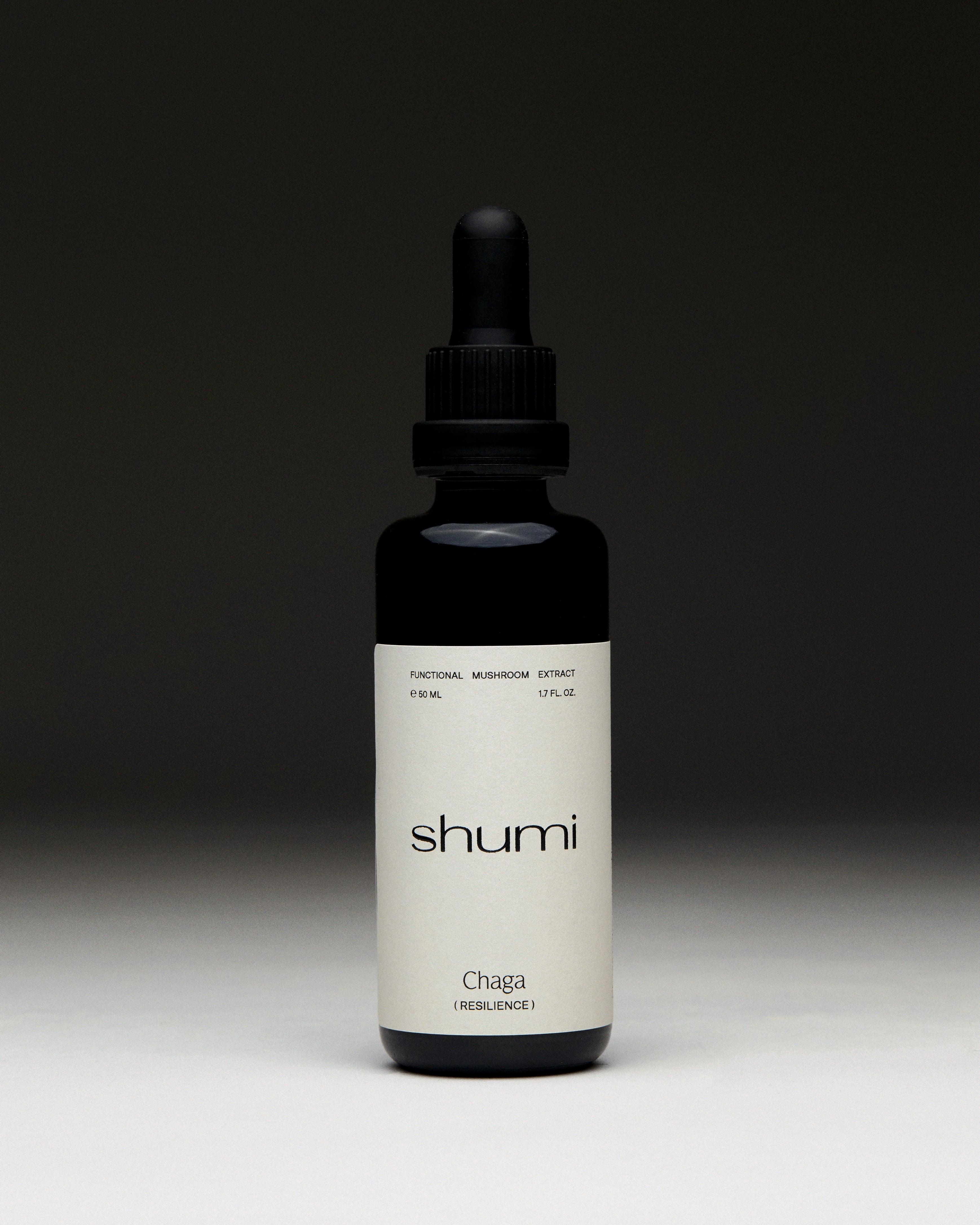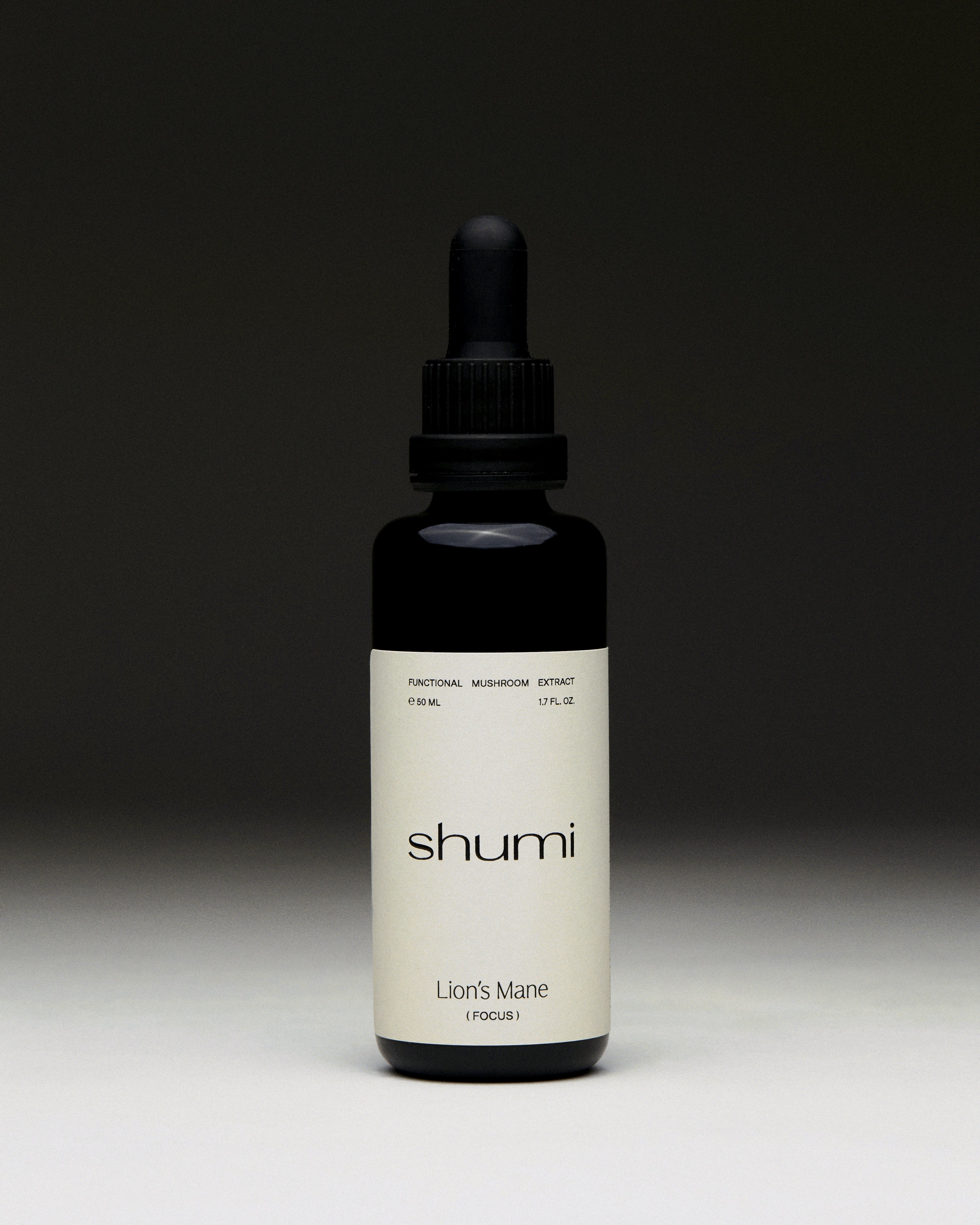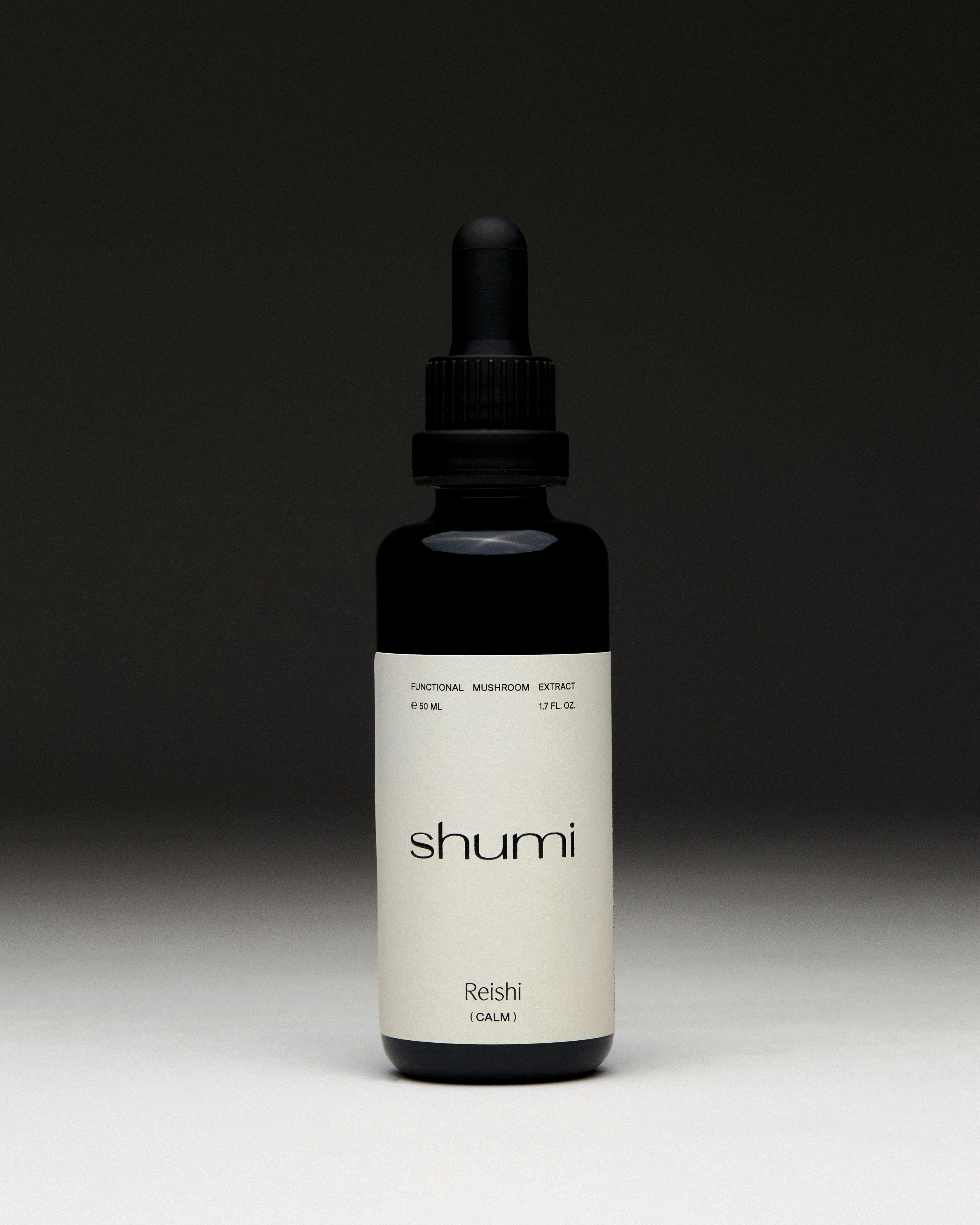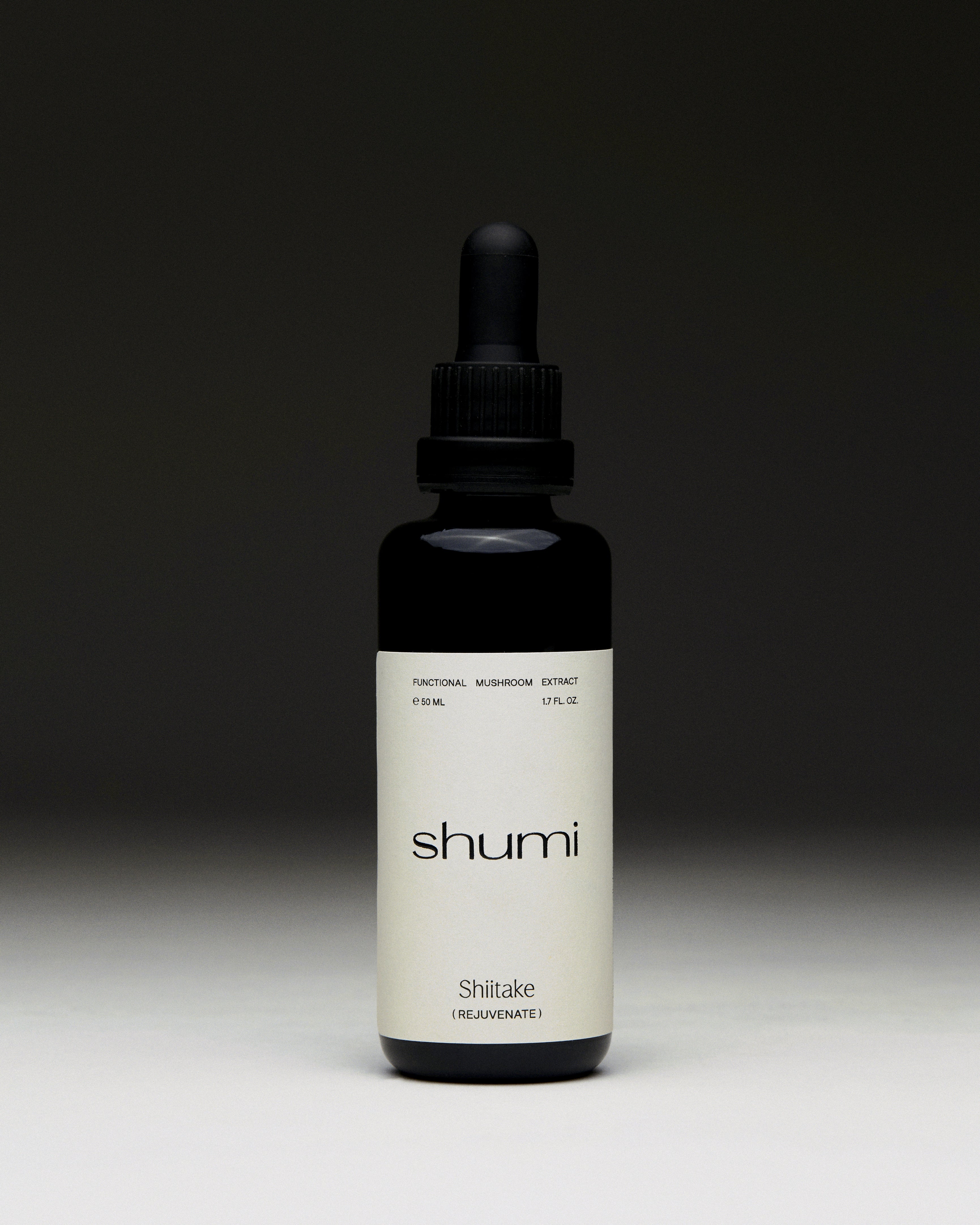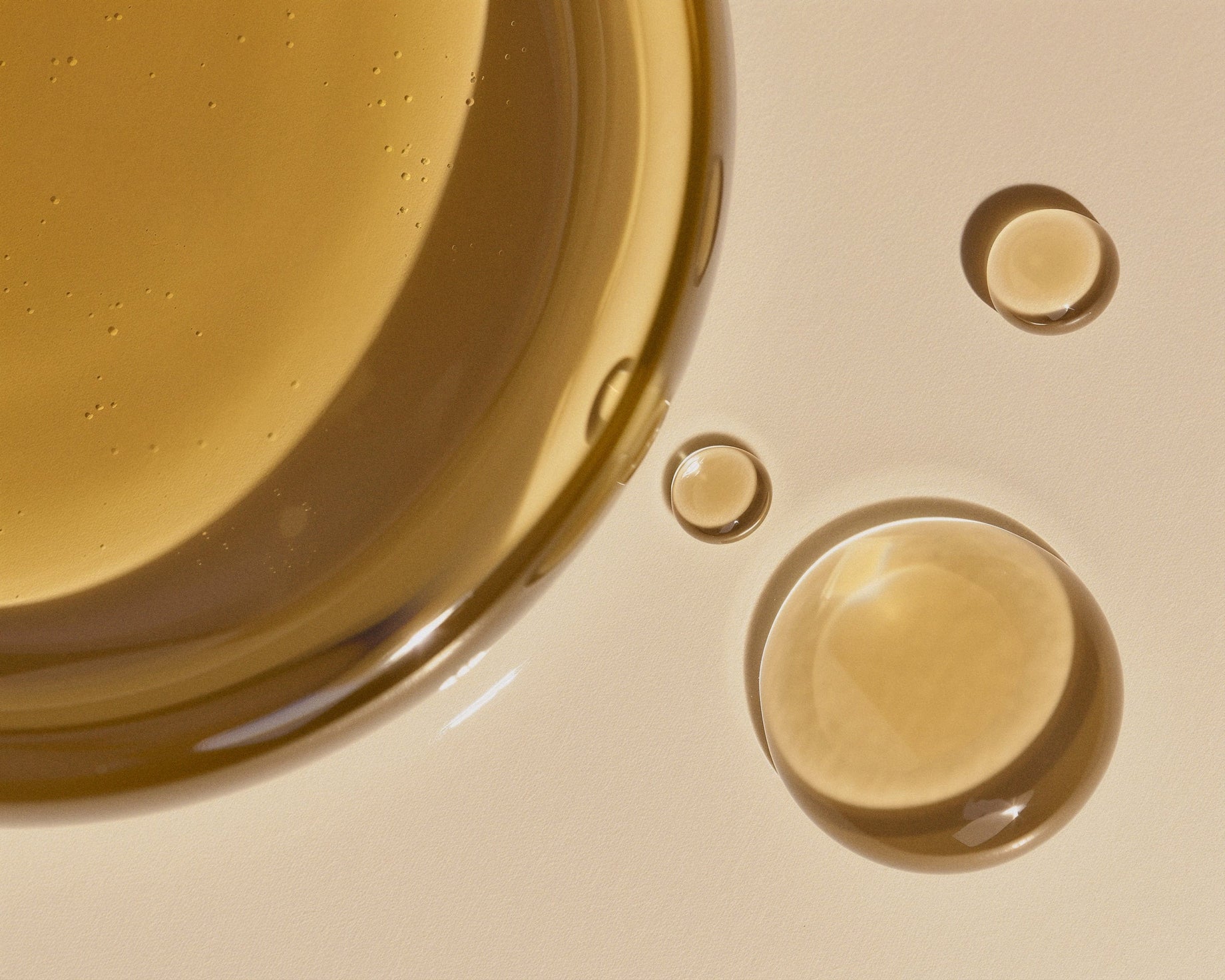The distinction between medicinal and culinary mushrooms: a scientific perspective
In the intricate realm of mycology, mushrooms present a fascinating duality – serving both as culinary delicacies and powerful wellness allies. Understanding the distinct characteristics and applications of medicinal and culinary mushrooms illuminates their unique roles in supporting human health and gastronomy.
The science of culinary mushrooms
Culinary mushrooms represent nature's masterwork in flavour complexity and nutritional elegance. These varieties, selected for their sensory qualities and culinary versatility, offer a sophisticated array of nutrients whilst enhancing gastronomic experiences. Notable examples include Agaricus Bisporus (White Button), Portobello, and Pleurotus Ostreatus (Oyster).
These mushrooms distinguish themselves through:
- Bioactive properties: Whilst providing essential nutrients including B-vitamins, minerals, and dietary fibre, culinary mushrooms typically contain moderate concentrations of therapeutic compounds, primarily serving nutritional and gustatory purposes.
- Cellular architecture: Their tissue structure creates the characteristic meaty texture that transforms dishes, offering both satisfying mouthfeel and nutritional density.
Medicinal mushrooms: advanced therapeutic compounds
Medicinal mushrooms represent nature's pharmacological innovation, containing precisely balanced bioactive compounds that support specific aspects of human wellness. Through centuries of traditional use and modern scientific validation, these fungi have demonstrated remarkable therapeutic potential.
Our key representatives include:
- Ganoderma Lucidum (Reishi): Renowned for its adaptogenic properties, supporting immune function and stress response through complex polysaccharide and triterpene profiles.
- Hericium Erinaceus (Lion's Mane): Distinguished by its unique nerve growth factor-stimulating compounds, supporting cognitive function and neurological wellness.
- Cordyceps Sinensis: Prized for its ability to enhance cellular energy production and athletic performance through specialised metabolic compounds.
- Inonotus Obliquus (Chaga): Notable for its exceptional antioxidant density and immune-modulating properties, particularly when sourced from pristine northern environments.
Scientific foundations of therapeutic action
Research indicates medicinal mushrooms possess approximately 130 distinct therapeutic functions, encompassing:
- Immunomodulation and cellular defence support
- Cardiovascular system optimisation
- Neurological function enhancement
- Metabolic regulation and homeostasis
- Antioxidant and cellular protection mechanisms
The convergence: dual-purpose species
Some remarkable species, such as Lentinula Edodes (Shiitake), demonstrate both culinary excellence and therapeutic potential. The key distinction lies in preparation methodology and concentration of bioactive compounds:
- Culinary application: Fresh or minimally processed forms deliver gentle benefits through regular dietary incorporation.
- Therapeutic usage: Specialised extraction processes concentrate bioactive compounds for targeted wellness support.
Optimal integration strategies
The selection between culinary and medicinal mushrooms should align with specific wellness objectives:
- Culinary integration: For those seeking to enhance daily nutrition through whole-food sources, culinary mushrooms offer an elegant solution, providing both gastronomic pleasure and fundamental nutrients.
- Therapeutic application: When targeting specific wellness goals, concentrated medicinal mushroom extracts deliver precise, potent compounds in bioavailable forms.
Scientific perspective on consumption methods
The bioavailability and therapeutic potential of mushrooms largely depend on their preparation:
- Culinary preparations: Traditional cooking methods release certain compounds whilst maintaining textural integrity.
- Therapeutic extracts: Advanced extraction technologies, including ultrasonic processes, optimise the concentration and bioavailability of key compounds.
The synergy of nature's dual gifts
Understanding the distinct yet complementary roles of culinary and medicinal mushrooms enables a sophisticated approach to their integration in wellness routines. Whilst culinary mushrooms enhance daily nutrition through whole-food elegance, medicinal varieties offer concentrated therapeutic compounds for targeted support.
This refined understanding illuminates the path to leveraging both categories thoughtfully – optimising nutritional foundations and specific wellness objectives through nature's remarkable fungal pharmacy.




